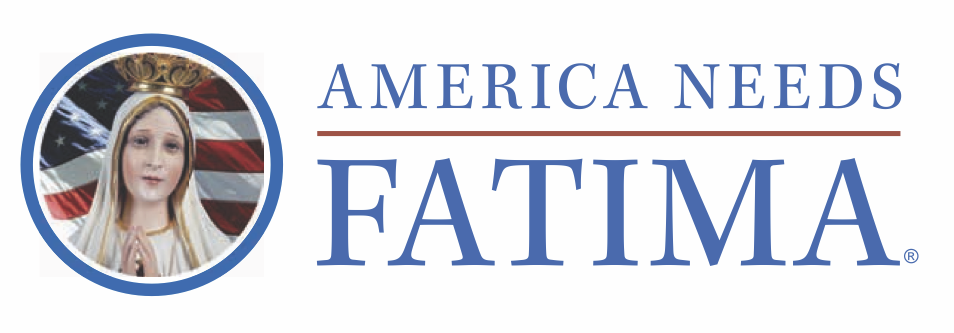
TOPICS:
Angel Vs Demon
Sep 01, 2006 / Written by: Professor Plinio Corrêa de Oliveira
Is the Guardian Angel Less Intelligent than the Demon?
The Church teaches that God created angels to be vastly superior to man. Pure spirits with most lucid intelligence and great power, they surpass in their nature even the most gifted of men.
As a consequence of their revolt, the fallen angels lost their virtue, but not their intelligence or their power. In accord with His Divine Providence, God restrains their activity. But in their nature they remain far superior to man.
Accordingly, the Church always approved artists’ depictions of the demon as an intelligent, shrewd, astute and powerful being, albeit full of malice and deceit in all his designs. The Church even sanctions his portrayal as a creature with captivating charms, reflecting the qualities the spirit of darkness exploits to disguise himself so that he may seduce men.
Comparison:

First Picture
Our first picture is an example of such a presentation of the demon. Diabolical, with a shrewd countenance and full of guile, the demon instills with a suave and deep manner thoughts of perdition in Dr. Faust, sleeping immersed in his dreams. This type of representation of the devil has become so frequent that one can hardly picture him save in this manner.
All of this, as we have said, is quite orthodox.
How then does contemporary popular iconography portray the image of the good angels?
They are shown as eminently well-intentioned beings, happy and innocent. This is in conformance with their eminent sanctity, blessedness and purity. Nevertheless, such depictions transgress their proper balance by emphasizing the goodness and purity of the faithful angels while failing to convey their admirable intelligence, strength and majesty. Instead, they are often painted as weak creatures with no hint of courage.

Second Picture
Our second picture shows a child crossing a treacherous creek over an uncertain bridge. A guardian angel is protecting her. This picture, however popular and unpretentious, does not allow legitimate feelings to be aroused. Rather, it evokes a pacific rural panorama with the village’s bell tower in the background, permeated by an innocence of life preserved in the countryside.
Naturally, the idea of a child continuing her carefree walk lovingly guarded by a celestial Prince is quite touching. Still, if we pay closer attention to this Prince, in particular his countenance, does he not appear utterly devoid of the force, intelligence, acuteness and agility proper to angelic nature, as evidenced in every portrayal of the Prince of Darkness.
Examine the body artistically representing the good angel. Observe the soft attitude—slackened and unintelligent. Compare it to the lithe agility and alertness of the demon—could the contrast be any sharper?
Summary:
All of this is most unfortunate. By representing insistently the demon as intelligent, lively and capable; and the good angel as a soft being, expressionless, almost foolish, what other impression is inspired in the public mind then that the practice of virtue results in creatures lacking in backbone and sense, while, on the contrary, vice is the practice of powerful and intelligent beings?
Thus, we see yet another example of the velvet deception, which romanticism continues to exercise profoundly over many religious ambiences.
Note: Taken from the Crusade Magazine - September/October 2006 (Ambiences, Customs and Civilizations)
